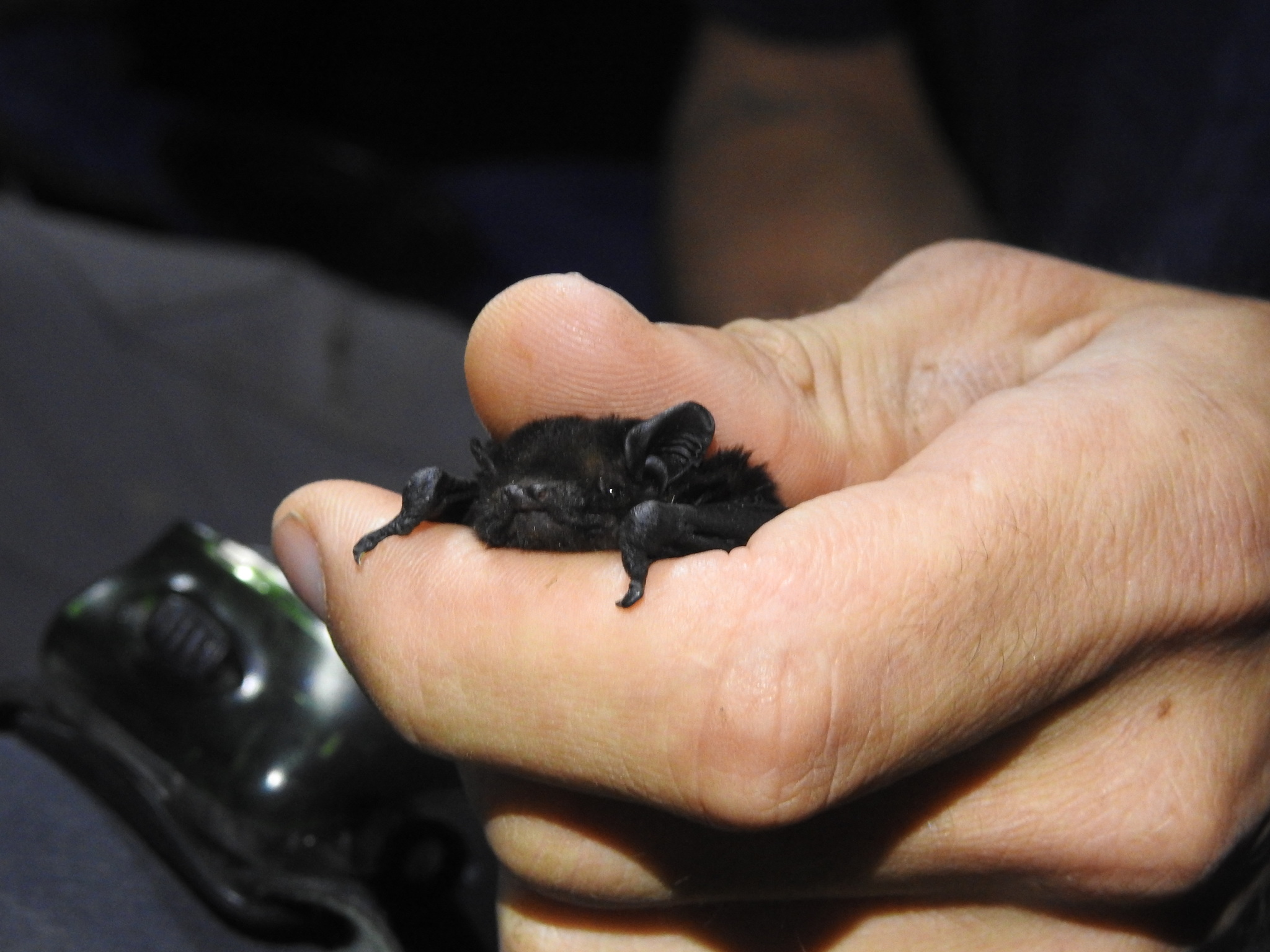Media release
From:
Expert Reaction
These comments have been collated by the Science Media Centre to provide a variety of expert perspectives on this issue. Feel free to use these quotes in your stories. Views expressed are the personal opinions of the experts named. They do not represent the views of the SMC or any other organisation unless specifically stated.
Associate Professor Nicholas Ling, Te Aka Matuatua School of Science, University of Waikato, comments:
All organisms shed their DNA into the environment and the recovery and analysis of this DNA can be used for a variety of purposes, from criminal forensics to the detection of rare and threatened species. DNA can be recovered from water, soil and even from the air.
In our study we applied a process called DNA metabarcoding to identify DNA remains in the scats (poo) of the critically endangered long-tailed bat to determine what they had been eating.
What we found in this preliminary study was a strong dependence on the adults of aquatic insects, especially insects associated with good water quality such as mayflies and caddisflies. If long-tailed bats are strongly reliant on these food sources, then ongoing deterioration of the ecological condition of our lakes, streams and rivers and the likely loss of these important food sources does not bode well for this highly endangered species.



 New Zealand
New Zealand


